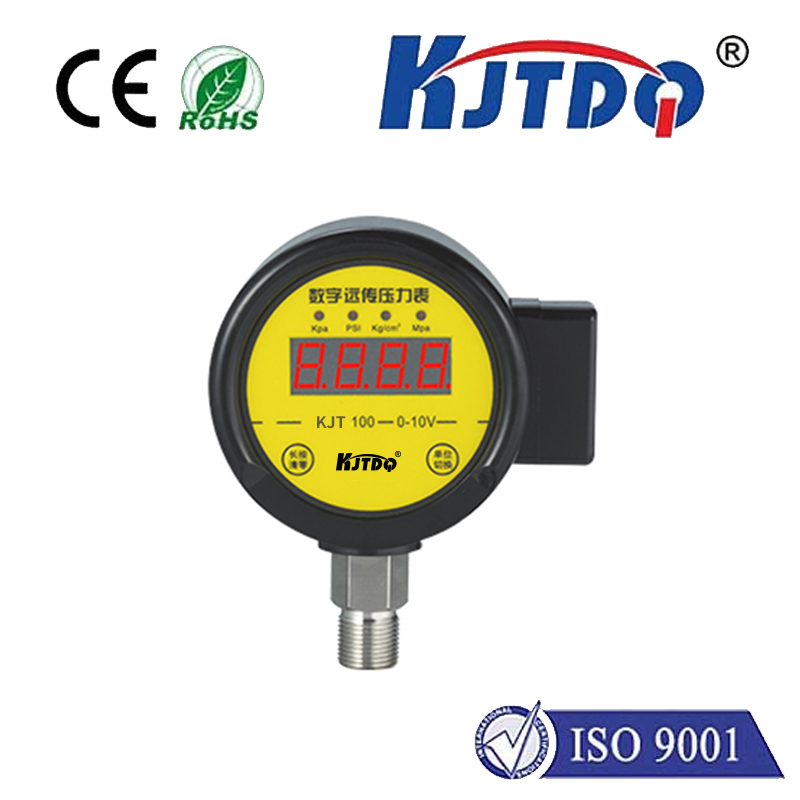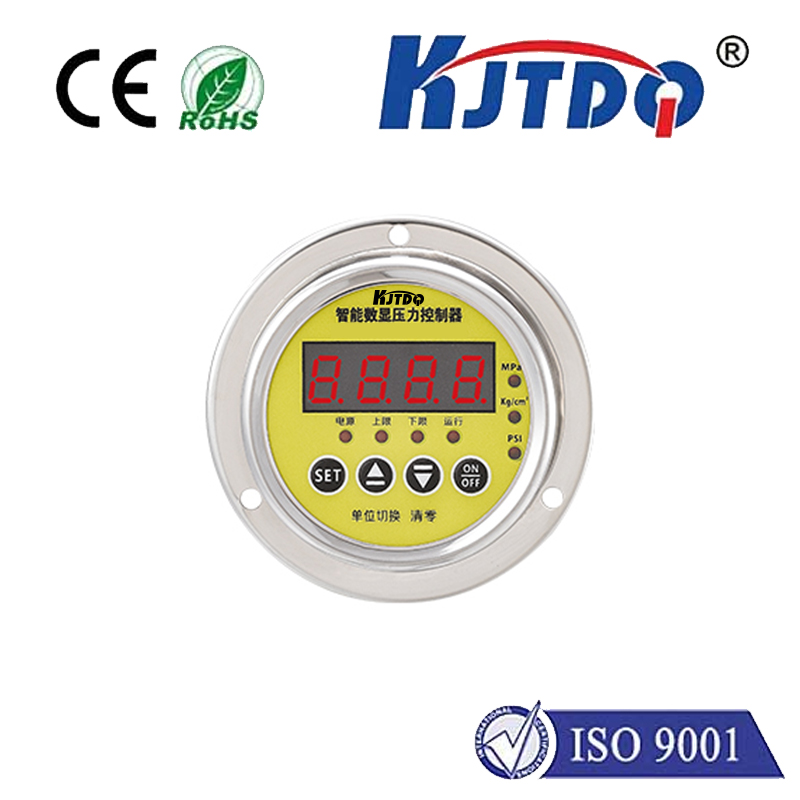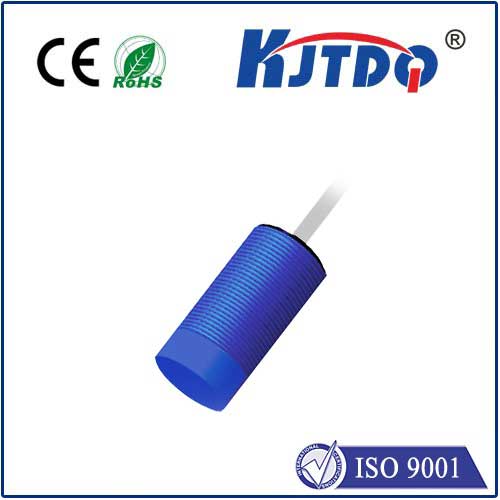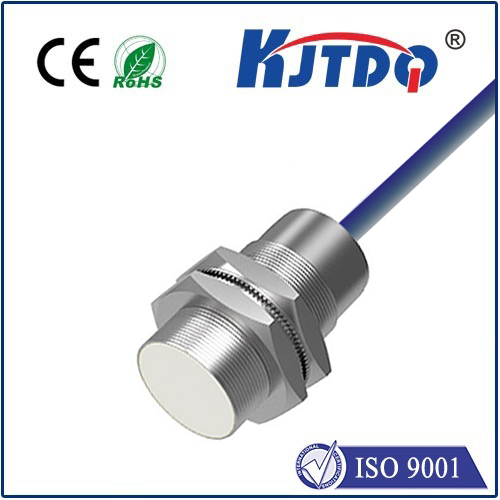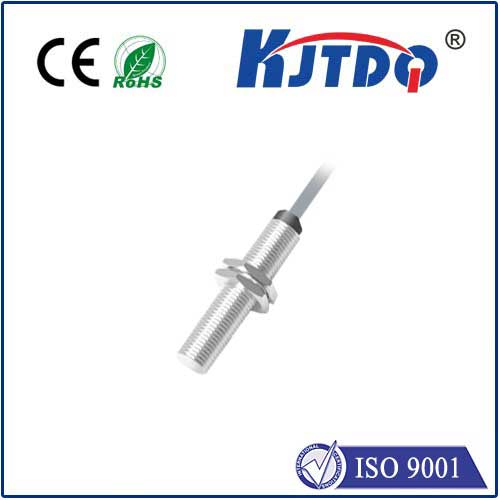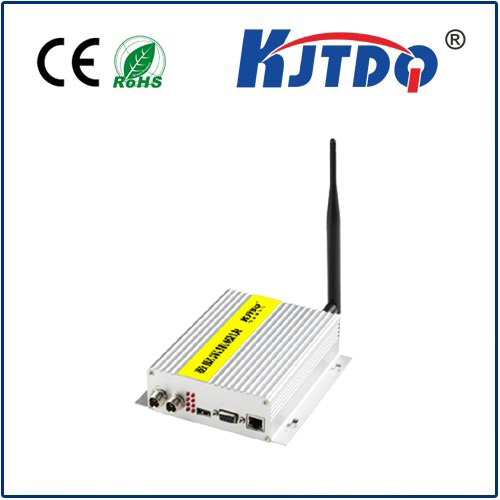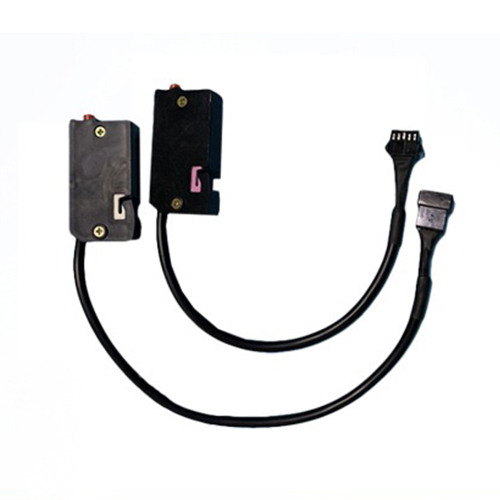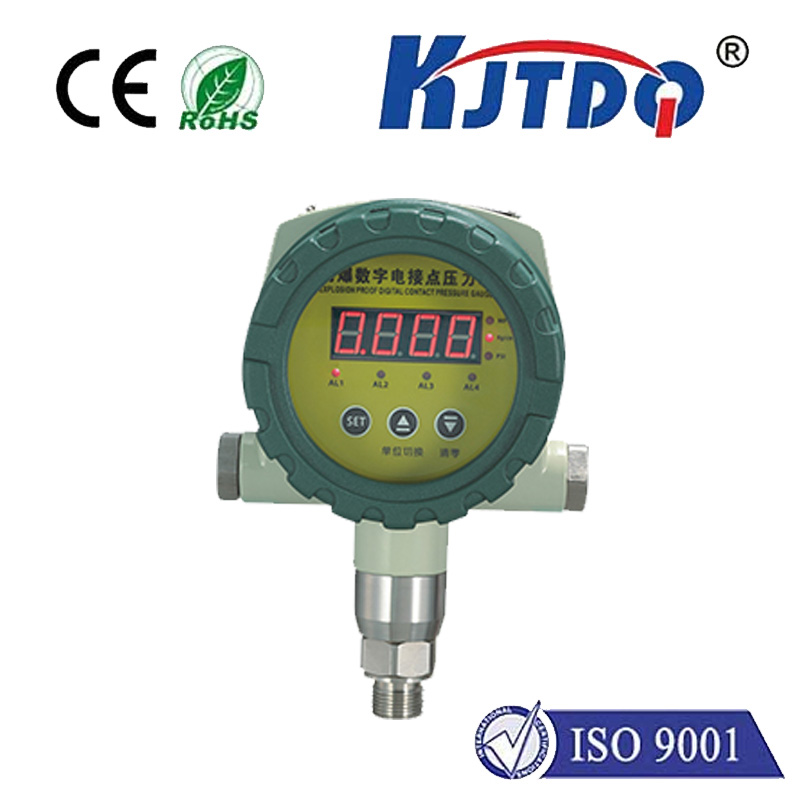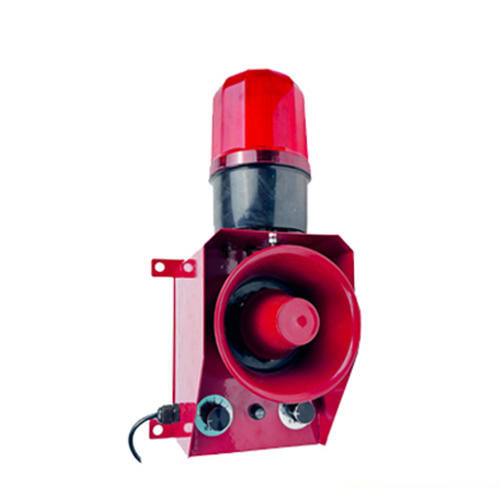

check

check

check

check
**Imagine a world where your smartwatch knows you've turned away without draining its tiny battery, or your industrial equipment shuts down safely the instant a hand strays too close.** This precision and efficiency are no longer futuristic concepts – they're realities enabled by sophisticated proximity sensors like the **MAX44000**. Developed by industry leader **Analog Devices**, this high-performance component redefined expectations for **short-range infrared (IR) proximity sensing**, becoming a cornerstone for power-sensitive and space-constrained applications. Understanding its capabilities is crucial for engineers designing the next generation of responsive, intelligent devices.
Proximity sensing, the ability to detect the presence or absence of an object without physical contact, is fundamental across numerous industries. While technologies like ultrasonic and capacitive sensing exist, *infrared proximity sensing* offers distinct advantages for close-range detection: it's reliable, relatively immune to ambient noise (like sound or moisture), and cost-effective. However, traditional IR sensors often struggled with **power consumption**, **ambient light interference**, and achieving **consistent accuracy** across varying conditions. This is where the MAX44000 differentiated itself.
So, what makes the **MAX44000 proximity sensor** stand out? Its brilliance lies in an elegant system-on-chip (SoC) architecture integrating critical components:
1. **The Sensing Engine:** A highly sensitive **photodiode** precisely measures the intensity of *infrared light* reflected back from a nearby object. Crucially, it's tuned for optimal performance at ranges typically below **10 cm**, making it ideal for devices held or operated near the user or machinery.
2. **The Driving Force:** An integrated, **programmable IR LED driver**. This allows engineers to fine-tune the intensity of the emitted IR pulse, directly impacting detection range and optimizing power usage for specific application needs. This programmability is a key flexibility factor.
3. **The Intelligent Core:** Sophisticated on-chip signal conditioning and a **digital I2C interface**. This intelligent core handles the heavy lifting of converting the tiny photodiode current into a clean, usable digital signal while aggressively managing power states.
4. **The Communication Gateway:** The **industry-standard I2C interface** provides simple, efficient communication with the host microcontroller (MCU), enabling easy configuration and data retrieval, reducing MCU overhead.
**The MAX44000 excels by directly tackling the classic pain points of IR proximity sensing:**
* **Ultra-Low Power Consumption:** This is arguably its *superpower*. Engineered for battery-powered devices, the MAX44000 sips power. Operating currents can be incredibly low (microamps!), achieved through advanced power management techniques like rapid, *high-speed proximity detection* cycles and deep sleep modes between measurements. This is revolutionary for **wearables (like smartwatches and fitness trackers)**, **mobile phones**, and **IoT sensors** where battery life is paramount.

* **Robust Ambient Light Cancellation (ALC):** Sunlight or bright indoor lighting can easily saturate traditional sensors, rendering them useless. The MAX44000 incorporates sophisticated **ambient light cancellation** circuitry. This continuously measures background IR levels and dynamically adjusts the sensor's sensitivity or offsets the reading, ensuring reliable proximity detection even in challenging lighting environments – a critical feature for real-world usability.
* **Programmability & Flexibility:** The integrated **programmable IR LED current** allows engineers to extend detection range when needed or significantly reduce power for close-range detection where maximum range isn't required. Configurable interrupt thresholds via the I²C interface enable the sensor to wake the host MCU only when a significant proximity event occurs, further optimizing system-wide power.
* **Compact Size & Integration:** Combining the photodiode, LED driver, signal conditioning, ADC, and digital interface into a single tiny chip drastically simplifies PCB design. This high level of **integration** saves valuable board space, a critical factor in modern miniaturized electronics, and reduces the bill of materials (BOM).
**Where is the MAX44000 proximity sensor making a significant impact?**
Its unique blend of features makes it exceptionally well-suited for applications demanding **reliability**, **low power**, and **miniaturization**:
1. **Consumer Electronics:** Ubiquitous in **smartphones** and **tablets** for display blanking during calls (saving power and preventing accidental touches) and enabling Always-On Display features.
2. **Wearable Technology:** Essential for **smartwatches** and **fitness bands** to detect whether the device is worn (enabling auto-on/off features, optimizing sensor readings, and conserving battery), and detecting gestures near the face for call handling.
3. **Industrial Automation & Safety:** Used in machinery for **non-contact safety interlocks**, detecting operator presence near hazardous moving parts, or triggering actions when objects enter a predefined zone. Its robustness is key here.
4. **IoT Sensors & Smart Home Devices:** Powers presence detection in **smart thermostats**, **lighting controls**, and security systems, enabling automation only when needed, thus conserving energy. Battery-powered wireless sensors benefit immensely from its low power draw.
5. **Printers & Copiers:** Detects paper presence or jams within paper paths without mechanical switches.
**Implementing the MAX44000 proximity sensor effectively requires attention to key considerations:**
* **Optics:** The **placement and type of cover glass** significantly impact performance. Materials and thickness affect IR transmission and can introduce reflections (requiring careful mechanical design or optical coatings). The sensor's **field of view (FOV)** must also be considered relative to the intended target and potential sources of interference.
* **LED Driving:** Optimize the **programmable LED current** (`IRLED`) to achieve the required detection range without wasting power. Start with the datasheet recommendations and adjust based on optical design and target reflectance.
* **Configuration:** Leverage the I2C interface to set optimal **interrupt thresholds** and **proximity measurement timing cycles**. Balancing responsiveness with power consumption is vital. Utilize the **ambient light data** provided by the sensor for diagnostic purposes or further system optimization.
* **PCB Layout:** Keep the MAX44000 proximity sensor traces, especially the connection to the **external IR LED**, short and direct. Follow grounding and decoupling capacitor recommendations meticulously to minimize electrical noise that could corrupt sensitive measurements.
* **Calibration:** While the sensor provides digital readings, factors like cover glass type and target reflectivity might necessitate application-specific calibration routines during manufacturing to ensure consistent proximity thresholds.
The **MAX44000 proximity sensor** represented a significant leap forward. Its adept handling of **low power consumption**, **robust ambient light handling**, **high integration**, and **flexibility** addressed critical industry needs. For design engineers tackling challenges in wearables, mobile devices, industrial control, and the broader IoT landscape, mastering the MAX44000 unlocked possibilities for creating smarter, more responsive, and far more energy-efficient products. It set a benchmark for performance and efficiency in short-range infrared proximity detection. While newer variants exist, understanding the principles and capabilities of the MAX44000 provides a solid foundation for leveraging this powerful sensing technology. Its legacy continues to influence designs where precision proximity detection within a confined space and minimal power draw are non-negotiable requirements.
